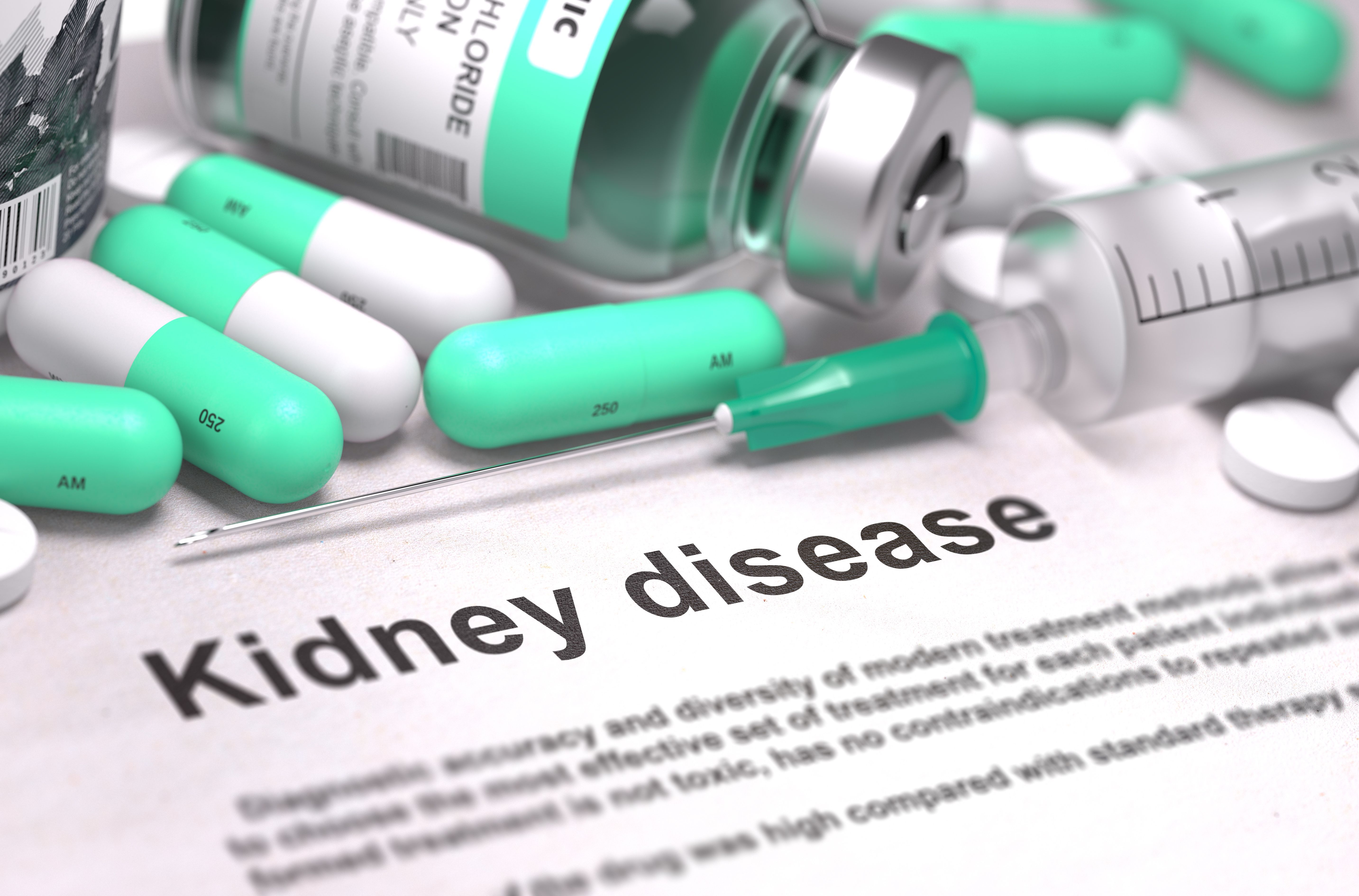News
Article
History of Urticaria Raises Adverse Events Risk After COVID-19 Vaccine
Author(s):
Key Takeaways
- Children with urticaria or angioedema history face higher adverse event risks post-COVID-19 vaccination, yet most tolerate subsequent doses.
- Among 163 pediatric patients, 77.6% with prior adverse events tolerated subsequent vaccinations, highlighting the importance of immunologist guidance.
Children with urticaria or angioedema face greater risks of adverse events after COVID-19 vaccination, but most tolerate subsequent doses with proper management.
Credit: Adobe Stock/ as-artmedia

A new study found that children with a history of urticaria or angioedema—either related or unrelated to a prior COVID-19 vaccination, were at a greater risk of adverse events following a subsequent COVID-19 vaccination.1
“This study, which is one of the largest of COVID-19 vaccine allergy in individuals predominantly younger than 18 years, found that more than 90% of those who were COVID-19 vaccine–naive subsequently tolerated COVID-19 vaccination,” wrote investigators, led by Quin Ying Lim, MBBS, from the department of pediatrics and adolescent medicine at Queen Mary Hospital, in Hong Kong, China.
Experiencing adverse events after immunization can make people hesitate to get a second vaccine. Approximately 12.8 million children face anaphylactic reactions following mRNA-based COVID-19 vaccines.2 Investigators sought to assess the clinical outcomes of adverse events following a COVID-19 vaccine at 2 pediatric allergy centers.1
The team reviewed data on 163 pediatric patients aged 2 – 20 years (mean age: 14 years) who had concerns between March 2021 and October 2022 of the COVID-19 vaccine leading to adverse events. They collected data on patient demographics, clinical characteristics, outcomes of previous COVID-19 vaccinations, recommendations after consultation, and outcomes of the subsequent immunization. About half of the sample was male (58.9%) and most were Chinese (89.6%).
Patients were split into 2 groups: the absence (n = 89; 54.6%) or presence (n = 74; 45.5%) of prior COVID-19 vaccine-related adverse events. Out of patients who had no prior COVID-19 vaccine-related adverse events, 52.1% were vaccine-naïve.
For those who previously received the vaccine but did not experience adverse events, the most common reason patients were referred to the pediatric allergy center was a suspected drug allergy (n = 58; 35.6%), though they were still recommended for a COVID-19 vaccination.
Among the 163 patients, 92.1% received the vaccination, with 93.9% tolerating it. In total, 77.6% of patients who previously experienced an adverse event following a previous COVID-19 vaccine were able to tolerate the subsequent vaccination to the same or different COVID-19 vaccine type.
“When guided through symptomatic treatments, individuals with past nonanaphylactic reactions to mRNA-based and inactivated COVID-19 vaccines can tolerate subsequent vaccination doses, highlighting the pivotal role of immunologists and allergists in counseling and management,” investigators wrote.
More than a third of patients (37%) with previous adverse events following a COVID-19 vaccine had a delayed cutaneous reaction, and 1 patient (0.6%) had suspected anaphylaxis. In this group, 8.1% were advised to delay their COVID-19 vaccination until their debilitating skin conditions improved with treatment.
The most common adverse event following a subsequent COVID-19 vaccination was urticaria, occurring in 8 of 11 patients (72.7%). Other adverse events included maculopapular exanthems and eczema exacerbation.
Moreover, adverse events following the immunization were significantly associated with a history of spontaneous urticaria or angioedema (relative risk [RR], 3.6; 95% confidence interval [CI], 1.30 – 9.99; P = .020) and urticaria (RR, 4.12; 95% CI, 1.22 – 13.87; P = .017) following a prior COVID-19 vaccine.
“It is vital that health care professionals reassure patients about common side effects and manage the rare but debilitating reactions to optimize clinical outcomes with the aim of completion of the vaccination series,” investigators wrote. “Vaccine hesitancy was ameliorated when patients were reassured and advised to take antihistamines for urticarial flares and seek medical attention if symptoms are not well controlled by standard treatments.”
References
Lim QY, Lau TM, Lai SHY, Chua GT, Zhang K, Lam JHY, Wong WHS, Lau YL, Rosa Duque JS. Outcomes of pediatric patients with suspected allergies to COVID-19 vaccines. J Allergy Clin Immunol Glob. 2024 Dec 17;4(1):100387. doi: 10.1016/j.jacig.2024.100387. PMID: 39844915; PMCID: PMC11750530.
Maltezou HC, Hatziantoniou S, Theodoridou K, Vasileiou K, Anastassopoulou C, Tsakris A. Anaphylaxis rates following mRNA COVID-19 vaccination in children and adolescents: Analysis of data reported to EudraVigilance. Vaccine. 2023 Mar 31;41(14):2382-2386. doi: 10.1016/j.vaccine.2023.02.067. Epub 2023 Feb 27. PMID: 36872145; PMCID: PMC9968615.





